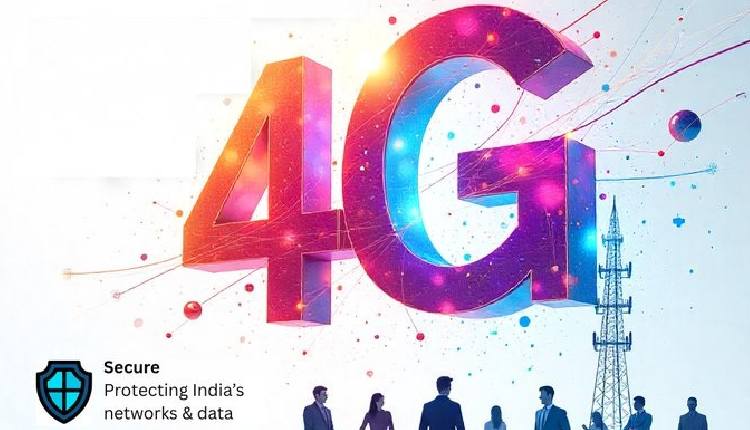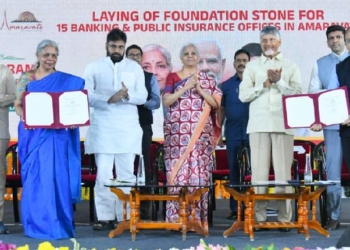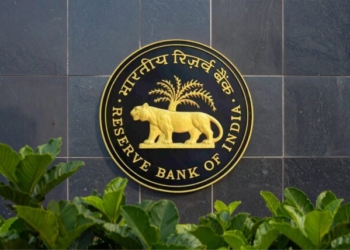New Delhi: India has marked a historic milestone with the launch of its first fully indigenous 4G (5G-ready) network and the commissioning of nearly 98,000 Swadeshi 4G towers, all powered by homegrown technology, an official statement said on Sunday.
The core network, developed by C-DOT, with Tejas Networks’ Radio Access Network and integration by TCS, exemplifies a major technological breakthrough and the realisation of the government’s commitment to Aatmanirbhar Bharat, according to the statement.
Previously dependent on foreign technology for telecom services like 2G, 3G, and 4G, India responded to the Covid-19 pandemic by building this fully indigenous 4G stack from scratch, demonstrating resilience, rapid innovation, and supply-chain independence. This achievement places India among five nations capable of launching fully homegrown 4G services, reinforcing the swadeshi spirit, the statement said.
BSNL’s cloud-native, 5G-ready 4G stack ensures immediate connectivity while enabling seamless upgrades, nurturing domestic talent, and strengthening supply chains. Complementary government initiatives, including the Bharat 6G Alliance, 100 5G/6G labs, and the Telecom Technology Development Fund, are advancing research and innovation, charting a path toward Viksit Bharat 2047 and global leadership in digital technology, it added.
Sites and architecture are “5G ready”, facilitating an upgrade path without replacing large parts of the deployed infrastructure.
More than 92,000 4G sites have been commissioned across the country, connecting over 22 million citizens. For two million users, this marks their first entry into the digital era. The network is managing nearly four petabytes of data traffic every day with efficiency and security.
The deployment reflects the Swadeshi ethos, transforming an idea into a growth engine that promotes domestic production, cultivates indigenous skills, inspires community enterprise, and embeds economic dignity into everyday life.
BSNL’s indigenous 4G services are expected to benefit tribal regions, remote villages, and hilly areas by providing access to quality digital services. This will enable children in rural areas to attend online classes, farmers in distant locations to check crop prices, and patients to consult doctors through telemedicine. Additionally, the initiative will greatly support armed forces personnel by enhancing secure communication through improved connectivity.
The fully indigenous 4G stack empowers India to control its telecom infrastructure, reducing reliance on foreign technologies and enhancing national security, thereby strengthening the country’s strategic autonomy and digital sovereignty in critical communication networks.
Localised manufacturing and deployment are creating employment, strengthening supplier ecosystems, and nurturing a skilled domestic workforce capable of designing, testing, and maintaining advanced telecom systems. This adds both human capital and supply-chain autonomy to India’s telecom sector.
The fully indigenous 4G stack is not only meeting India’s internal requirements but is also designed with export potential, with several countries having already expressed interest.
The entire 4G architecture was indigenously built in just 22 months, a pace significantly faster than comparable nations.
Confidence in homegrown technology has enabled BSNL to record consecutive profitable quarters after 17 years of financial strain. This turnaround underlines the trust citizens place in institutions aligned with the vision of Aatmanirbhar Bharat.
The successful deployment of indigenous 4G technology and the expansion of 5G are accelerating digital connectivity and strengthening India’s telecom ecosystem for future advancements.
The 5G network rolled out in all 28 states and 8 UTs is becoming one of the fastest rollouts in the world. As of June 30, 2025, 4.86 lakh 5G Base Transceiver Stations (BTSs) have been installed by Telecom Service Providers (TSPs) across the country.
The rapid rollout and domestic adoption of 5G are laying the foundation for India’s Bharat 6G Mission, positioning the country as a global leader in future telecom innovation. Currently, the 6G technology is in the development phase at the international level and is expected to be available by 2030.
On March 23, 2023, India’s 6G vision “Bharat 6G Vision” document was released, which envisages India to be a frontline contributor in design, development and deployment of 6G technology by 2030, the statement added.
(IANS)
















